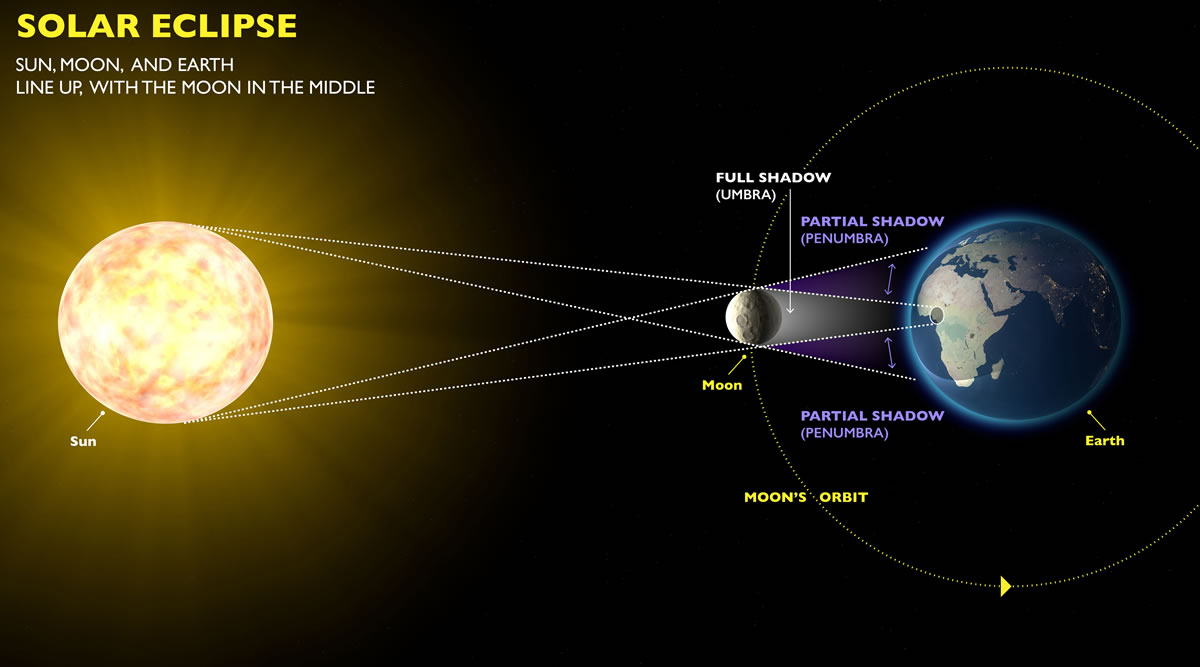A solar eclipse occurs when the moon passes between the sun and the earth, and the sun is fully or partially obscured. This can happen only at new moon, when the sun and the moon are in the same sign of the zodiac. At least two and a half hours before the event, find a safe place to watch the eclipse.
It is essential to use proper eye protection during a solar eclipse.
A solar eclipse occurs when the moon passes between the sun and the earth, blocking out the sun’s light. The moon’s shadow falls on the earth’s surface and the sun’s corona is visible around the moon. The alignment during a solar eclipse is very important for safe viewing.
The sun and the moon must be in line with each other, and the earth must be directly behind the moon. This alignment is necessary so that the moon’s shadow falls on the earth and the sun’s light is blocked out. If the alignment is not correct, the sun’s light will not be completely blocked and the eclipse will not be visible.
Lunar and Solar Eclipse Explained: A Beginner’s Guide to Eclipses
What Alignments are Necessary for a Solar Eclipse?
A solar eclipse occurs when the Moon passes between the Sun and the Earth, and the Moon casts a shadow on the Earth. A total solar eclipse occurs when the Moon’s shadow completely covers the Earth’s surface. The alignment necessary for a total solar eclipse is that the Sun, Moon, and Earth must be in a direct line, with the Moon in between the Sun and the Earth.
What is the Correct Alignment During the Lunar Eclipse?
Alignment during a lunar eclipse is when the sun, earth, and moon line up. This can happen only when the moon is on the opposite side of the earth from the sun. There are three types of lunar eclipse: total, partial, and penumbral.
In a total lunar eclipse, the earth’s shadow completely covers the moon. In a partial lunar eclipse, the earth’s shadow covers only part of the moon. In a penumbral eclipse, the earth’s shadow falls on the moon, but the moon remains visible.

Credit: stardate.org
What is the Correct Alignment for a Lunar Eclipse? *
On the night of a lunar eclipse, the Moon will slowly move into the Earth’s shadow. The alignment of the Sun, Earth, and Moon is what causes a lunar eclipse to happen. The Moon will usually line up perfectly with the Sun, but sometimes it will be slightly off-center.
This can cause the eclipse to be partial, rather than total.
The correct alignment for a lunar eclipse is when the Moon is directly in line with the Sun. This alignment is necessary in order for the Earth’s shadow to completely cover the Moon.
If the Moon is not perfectly aligned, then the shadow will only partially cover the Moon.
What is the Maximum Number of Solar Eclipses That Can Occur During a Calendar Year?
A solar eclipse occurs when the moon passes between the sun and the earth, casting a shadow on the earth. The maximum number of solar eclipses that can occur in a calendar year is four. This can happen when there are two eclipses of the sun, one eclipse of the moon, and one eclipse of the earth.
Solar Eclipse Always Occur on
A solar eclipse always occurs on a new moon, when the sun and moon are in alignment. This alignment can only happen at certain times of the year, when the Earth, sun, and moon are in the right positions relative to each other. A solar eclipse happens when the moon gets in the way of the sun’s light, casting a shadow on Earth.
Conclusion
When the sun, moon, and Earth line up just right, the moon blocks the sun’s entire face from our perspective on Earth. This alignment is called a solar eclipse. A solar eclipse can only happen during a new moon, when the sun and moon are in conjunction.
